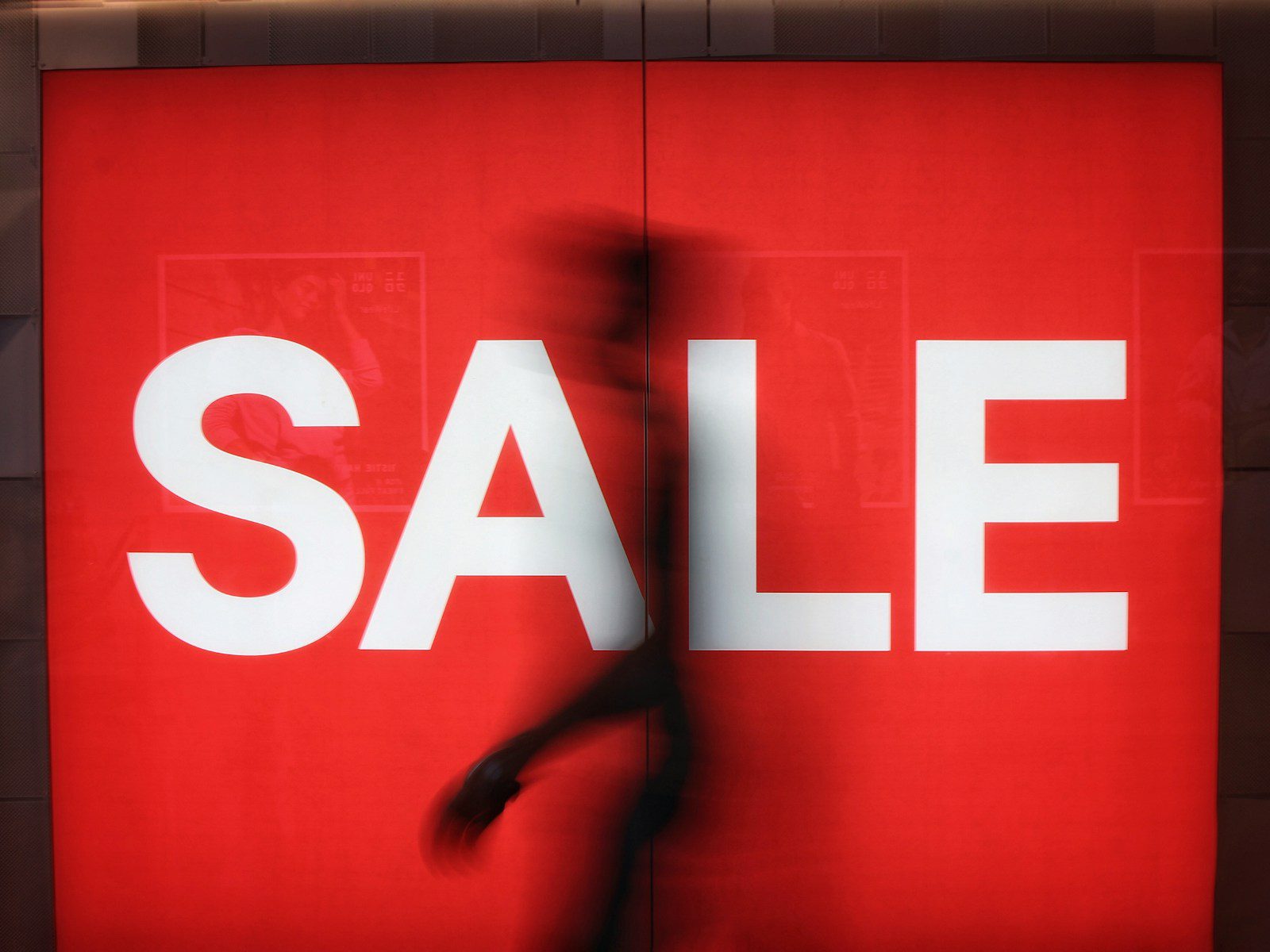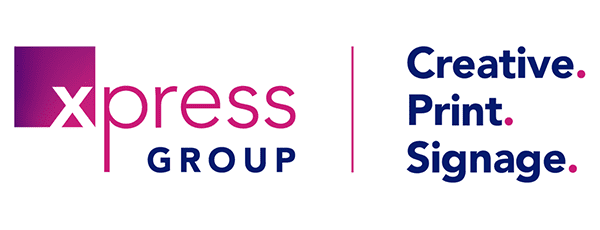
11 Apr The Effective Use of Signage in Retail Environments
Mastering the Art of Retail Signage
A shop without signage would be like a car without petrol, or an ignition key: it simply wouldn’t work. Both would simply just sit there existing as non-entities, unused and, minus some sort of intervention, practically unusable.
It would also be unimaginable.
Why?
Because leaving aside our futile Fiesta or hopeless Hyundai, signage in a retail environment is critical in what marketers refer to as visual merchandising: how stores put together displays, technology, floor plans and so on to attract customer attention.
Ultimately, signage sells. Or, it should do.
No signage. (Almost) no sales.
Your Guide to Signage
In this article, we’ll explain the different types of signage mostly found in shops, why they’re used and of course, why it matters so much.
Xpress Group’s expertise in signage goes back over 30 years. Over this relatively short period of time, there have been plenty of changes here. 21st-century signs are sophisticated and innovative. Clever merchandisers know that when they’re well-designed and strategically placed, they get the tills ringing. Most of us are unconsciously drawn to making purchase decisions simply because we follow or absorb signage.
If you’re a marketing decision-maker in retail, you’ll want to enhance your customers’ in-store experience and drive revenue with signage that works as hard as you do.
This piece brings everything together, with some helpful tips from us to point the way. In our experience, just a few concise, clear and top-quality signs could make all the difference to your brand.
The Significance of Signage
What does signage actually do? Why is it a Good Thing? The answer is: it offers countless benefits, from the obvious to the less noticeable:
1) Grabs attention (and keeps hold of it).
The most effective signage is like a silent salesperson, creating awareness and guiding customers towards specific products or promotions. With bright, simple, eye-catching signage, your would-be customer is heading your way.
Otherwise, nobody knows what your brand is or who you are.
2) Improves the in-store experience.
Would you like to offer a more curated experience to the individuals you want to sell to?
The problem is that large retail stores can be confusing. Overwhelming, even. Signage reduces frustration by helping people where they need to go to find what they’re after. Literally, it’s a better – although clichéd – customer journey.
3) Reinforces your brand.
Why does a brand survive and thrive?
In Xpress Group’s opinion, it’s down to an authentic emotional connection between the consumer and the brand itself; how it makes someone feel – in a good way. Great signage concerns brand identity. It can help to leave a lasting impression on your customers.
4) Communicates information.
Pricing, promotions and discounts, store policies, opening times and much else are the bread and butter of signage. We take them for granted, but they’re all part of our overall decision-making process.
Signage speaks without speaking.
5) Shows the way.
This way, please. Or that way. And then there’s the importance of customers finding your store in the first place.
Wayfinding signs are everywhere. Most likely, they should be, lest we go around and around in ever-decreasing circles.
Floor decals guide shoppers, with arrows or footprints showing where to go. Signs at escalators, tills, and entry and exit points add up to easy navigation. The truth is, if your customers can’t find something, they won’t buy it.
6) Cost-effective marketing.
Signage works hard to offer a cohesive and steady corporate identity. Done well, it tells consumers everything they need to know about your business or brand. And it delivers at a relatively low cost compared to other forms of marketing.
What are Effective Signage Strategies for Retailers?
Just a quick diversion here: Regarding strategy, Xpress Group is at your service.
Signage is exceptionally versatile, but it throws up a challenge: there’s plenty of choice and flexibility, almost too much, in fact. Fighting for consumer attention isn’t as easy as it seems. There’s a lot to know, so feel free to contact us. We have the expertise and know-how to design and create superb signage and can offer you plenty of advice and guidance.
Where to Place Your Signage
Placement plays a crucial role in delivering robust sales. Where will you put yours? Indoors or outside?
With outside signage, you can expand your customer reach and attract people who haven’t yet been inside your shop. Bolder signs inform the public who you are, what you do, and why you’re the business they may need.
On the inside, you can sharpen attention towards a specific product, probably, but not exclusively, with those already familiar with your brand. Let’s go in. Do you see signs:
At the entrance, to create a welcoming invitation to shoppers. Perhaps you have “just in” new arrivals, need to communicate important messages or there’s a promotion.
In the aisles. Customers are in a hurry. They’re busy – we’re all busy, in fact – with plenty of things on their mind. They miss things. Aisle signage can guide them to different categories or sections, marking out product lines of interest.
Endcap displays. The end of an aisle is a high-traffic area, so it’s a great idea to make the most of it. Eye-catching signage could highlight limited-time offers or featured products.
Walls. Placing signs on your walls is an excellent way to encourage consumers to make a purchase. They’ll be aware of your offers, and you can create a distinctive look and feel inside your store.
It’s Also Important to Consider:
Digital Signage
With interactive touch screens, your demographic is in control.
This is because they can explore products, access additional information, or even top up the points on their loyalty card. You can use digital signage to display dynamic content such as real-time discounts, BOGOF offers, social media, customer reviews — anything, in fact, that sparks interest and encourages positive engagement.
More expensive, of course, than traditional signage, this powerful digital option looks set to stay.
‘Tis the Season
It’s Christmas. Go mad.
Or rather, don’t do that, but never underestimate the power of Yuletide. And yes, people do go a bit crazy with their spending. So, never underestimate the influence of Christmas on the nation’s pocket as the Big Day draws ever nearer.
Attractive seasonal signage sets a festive tone and could encourage ad hoc, unplanned purchases. This may especially apply to promotions or even basic information about more mundane things – such as opening hours. It all adds up to good customer communication.
You Never Get a Second Chance To…
…Make a first impression. Never a truer word was said. Or, in this case, written.
Many customers will assume that the quality of a retail store and the products in it will be the same as the signage they see. Therefore, you can raise expectations by getting it right. Or drop them like a stone into the bin by getting things wrong.
Among your considerations should be:
Colour
People associate colours with emotions. Is your chosen shade in keeping with how you want people to feel? And don’t forget high-contract colours to make a substantial impact.
The Words
Copy is vital, but keep it short, simple and easy to understand. No verbiage here, please, you do not want to overwhelm shoppers, confuse or bore them.
Font Size
Passers by will need to see, read, and absorb your sign from a distance, so you may wish to increase the size and keep everything simple.
Readability
To expand on the above, is everything legible? This is a top tip: letters should be at least one inch tall for every 25ft of distance.
Images
Ensure that they stay on brand and that they relate to your message.
To Conclude: Some Take Aways from Xpress Group
- Signage can draw people in. Then, it’s excellent at encouraging sales.
- Communicate clearly and succinctly. Less really is more.
- Be specific, with details about a service, product or a promotion.
- Write in headline text It works like this: headline, text and then a call to action. Then, look at it again and remove any unnecessary words.
- No matter what type of signage you use in a retail environment, quality is King, each and every time. You want your brand to be remembered.
- Don’t blend in. Stand out.
The signs are looking good for first-class branding. Get in touch with Xpress Group to learn more.
